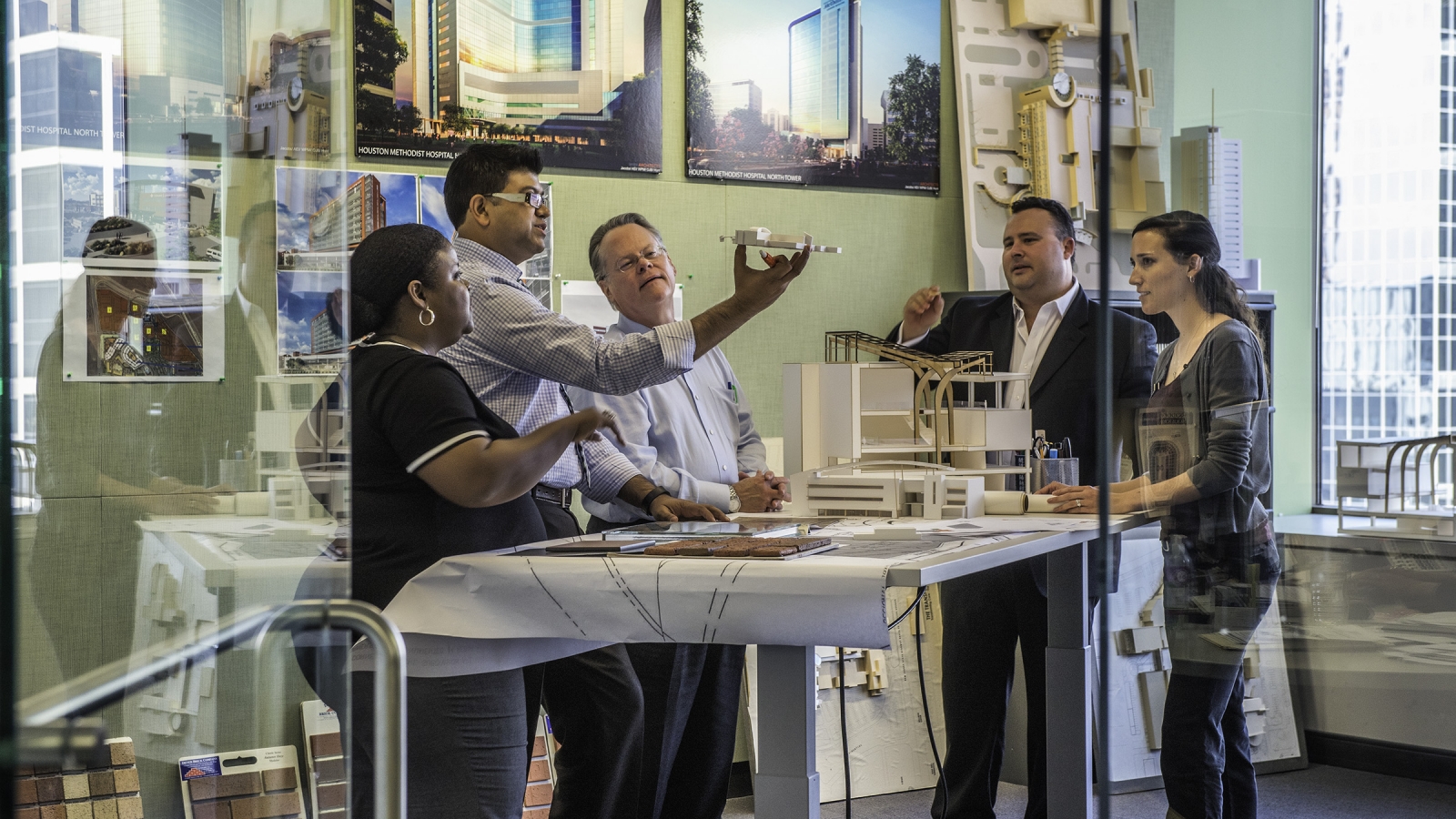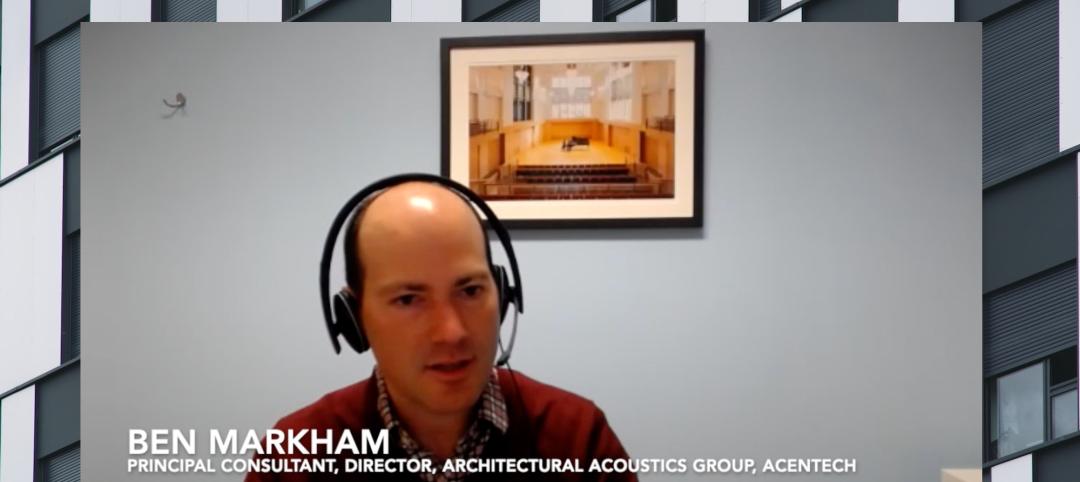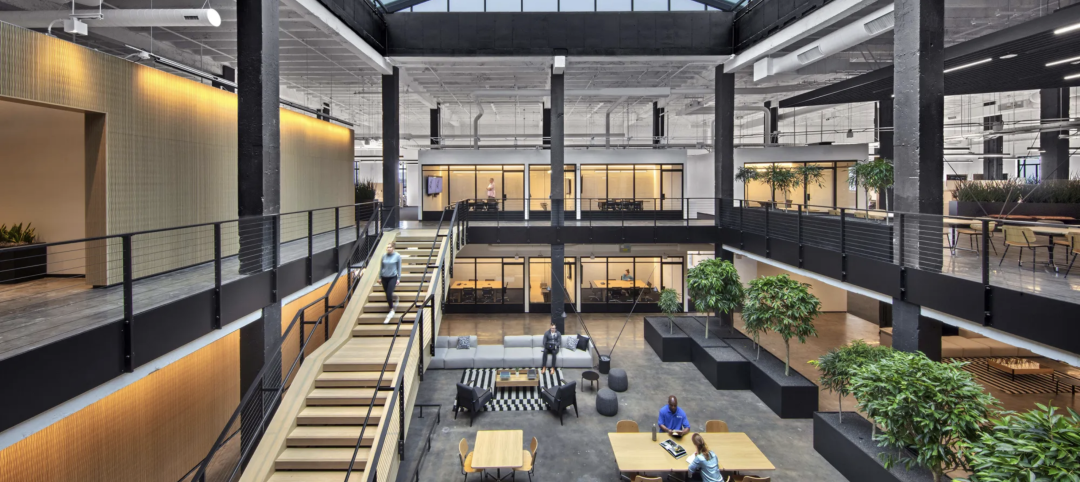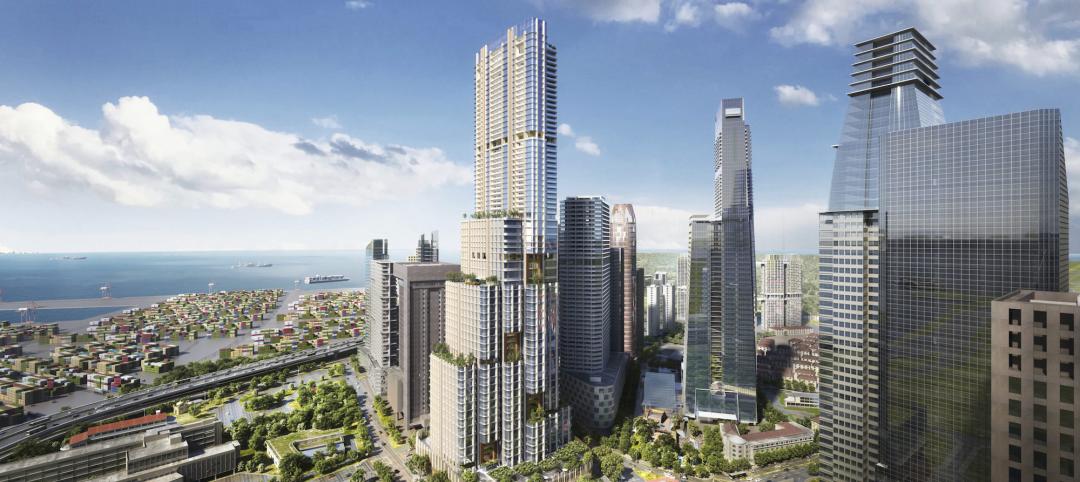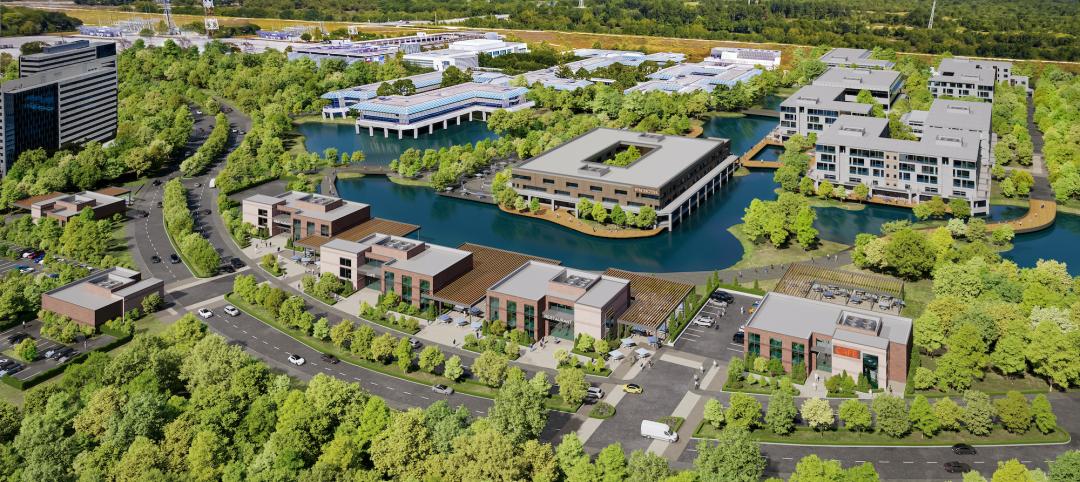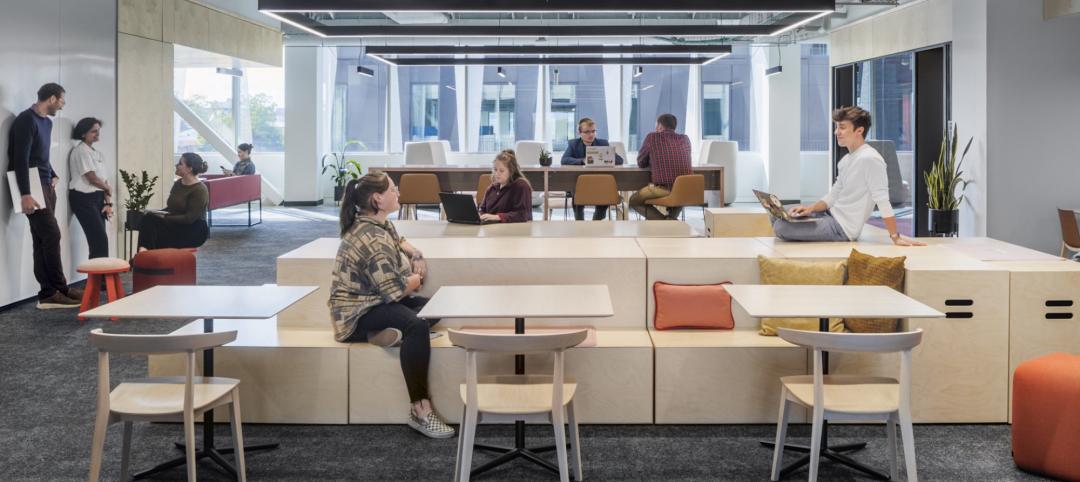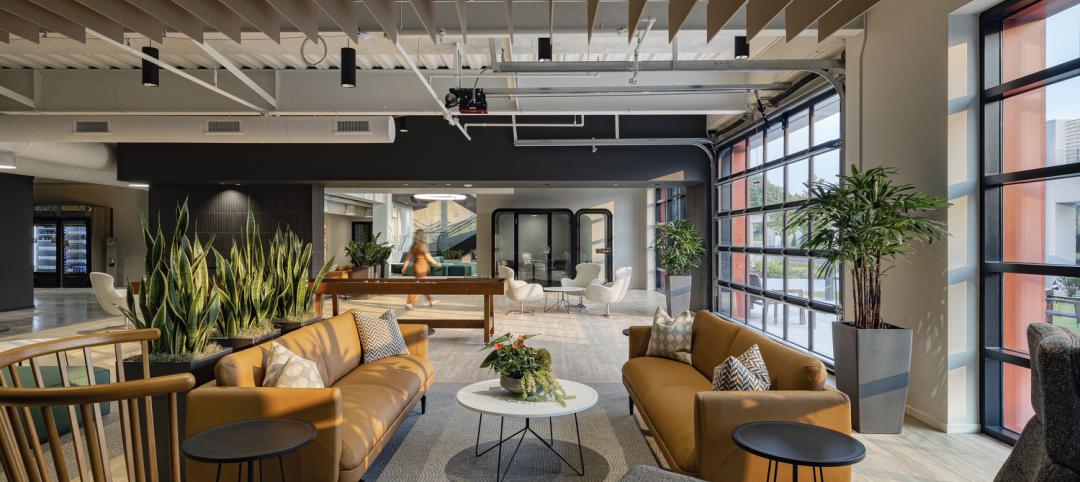How does your organization measure health and human performance? The answer might vary depending on who you ask. If you direct this question to someone within facilities or real estate, they will point to how their buildings are LEED certified. Several credits for LEED include strategies that improve indoor air quality and access to natural light and views. Facilities might also be pursuing new health-related certifications like the WELL Building Standard or Fitwel. These certifications identify specific ways the built environment can better support health through building location, outdoor spaces, staircases, the design of the indoor environment, and food provisioning.
If you ask someone engaged in health promotion or occupational health, they might tell you about the organization’s participation in the C. Everett Koop Award or the Corporate Health Achievement Award. These awards measure the robustness of an organization’s health programs (i.e., how they are led and how the health outcomes are achieved).
Then there are the metrics that human resources cares about when it comes to organizational health, like the engagement and happiness of employees that are addressed in surveys from the Society for Human Resources Management.
THE ‘HAPI’ TOOL
All of these measurement tools are excellent, but they tend to measure health and well-being in silos, and the data is not connected. Sometimes it can sometimes be difficult to prioritize which metric is most important to focus on across the organization.
Interestingly, there are many new tools and methods that are beginning to look more comprehensively to evaluate organizational well-being. One of these is the Health and Human Performance Index (HaPI), developed by the Center for Health and the Global Environment at Harvard University’s School of Public Health. This tool combines elements of engagement, health, performance, culture, and the physical work environment.
This index was developed in 2012 by Harvard, in partnership with Johnson & Johnson. It is being championed by Dr. Eileen McNeely, Co-Director of Harvard’s Sustainability and Health Initiative for a Net Positive Enterprise (SHINE) at the School of Public Health. EYP is working with Harvard to integrate elements of the built environment into the HaPI tool. Specifically, the tool evaluates:
• Well-being: Provides both affective and evaluative aspects of well-being. Subjective well-being has been associated with overall health and performance.
• Productivity: Measures the number of employee healthy days and a subjective report of work performance.
• Engagement: Captures feelings at work (vigor, dedication, absorption) that have been previously associated with job resources, health, and work performance.
• Culture: Captures the availability of work resources (i.e., supervisor and coworker support, participatory decision making, and challenges) that have been previously associated with health and performance.
• Built environment: Captures the quality of space and access to healthy amenities (adjustable desks, fitness centers, shower facilities, healthy food options).
The intent of this tool is to provide the business community with a universal benchmark, transferable across industrial sectors and global businesses, for communicating how the business impacts employee development and well-being.
What we’ve learned
EYP piloted HaPI with staff across all offices, and it is helping us better understand our work and our well-being. Here are five high-level findings, and the actions we are taking as a result:
1. Exercise is connected to office location. Our employee data shows a correlation between the amount of exercise employees are getting and office location. Employees assigned to an office with a shorter commute, in an urban location, with access to public transportation and parks, and views to the outdoors were more likely to exercise.
2. Lack of sleep is connected to commute and workload. Lack of sleep was attributed to heavy workloads, increased stress, and longer commute time. The demographic of employees who sleep the least (and reported being the most stressed) are women, particularly those under 45. This falls in line with nationally reported data.
3. Stress impacts performance more than physical health issues. Overall, employees claimed mental health issues (stress, anxiety, or both) were more impactful to presenteeism and absenteeism than physical health issues. This number went up for women and younger staff. There are many reasons employees might feel anxious: lack of sleep, lack of exercise, heavy workload, overall feeling of a lack of control.
4. Culture greatly impacts performance at work. When Harvard tested questions about culture, the work environment, amenities provided, and workplace flexibility and then compared them to job performance and life satisfaction, their analysis confirmed what we suspected: Culture has a stronger impact on our health outcomes than the other factors by a long shot. Organizational factors like trust, respect, fairness, vibrant atmosphere, and authenticity were correlated with job productivity and life satisfaction more than anything else. Though not as highly rated as culture, there are some physical workplace elements that more strongly correlate with job and life satisfaction than others. These include: a place to lie down at the office, a place to meditate, bike storage, and showers.
5. “Job control” is the most influential factor when it comes to job engagement. Factors like autonomy in decision making, learning new things, using creativity, and “having a say in what happens with your job” impact engagement more than other factors.
Taking action
EYP is sharing these results with each of our offices and engaging in a conversation about our culture, operations, and the physical environment in our offices. We also see this research as important to helping us shape our thinking when it comes to workplace strategy and how we support our clients.
We are using this information to:
• Develop location criteria and prioritize amenities and features that encourage movement for building occupants.
• Dig deeper into how space can help reduce stress and positively impact mental health for different population groups in our buildings.
• Integrate cultural factors more robustly into the workplace development process, and determine ways the workplace can facilitate a desired culture.
• Further develop workplace flexibility strategies and policies to enable more job control and sleep for workers, particularly younger women who are typically juggling life and work responsibilities.
Related Stories
Cladding and Facade Systems | Dec 20, 2022
Acoustic design considerations at the building envelope
Acentech's Ben Markham identifies the primary concerns with acoustic performance at the building envelope and offers proven solutions for mitigating acoustic issues.
Sponsored | Resiliency | Dec 14, 2022
Flood protection: What building owners need to know to protect their properties
This course from Walter P Moore examines numerous flood protection approaches and building owner needs before delving into the flood protection process. Determining the flood resilience of a property can provide a good understanding of risk associated costs.
HVAC | Dec 13, 2022
Energy Management Institute launches online tool to connect building owners with HVAC contractors
The National Energy Management Institute Inc. (NEMI) along with the Biden administration’s Better Air in Buildings website have rolled out a resource to help building owners and managers, school districts, and other officials find HVAC contractors.
Adaptive Reuse | Dec 9, 2022
What's old is new: Why you should consider adaptive reuse
While new construction allows for incredible levels of customization, there’s no denying that new buildings can have adverse impacts on the climate, budgets, schedules and even the cultural and historic fabrics of communities.
High-rise Construction | Dec 7, 2022
SOM reveals its design for Singapore’s tallest skyscraper
Skidmore, Owings & Merrill (SOM) has revealed its design for 8 Shenton Way—a mixed-use tower that will stand 63 stories and 305 meters (1,000 feet) high, becoming Singapore’s tallest skyscraper. The design team also plans to make the building one of Asia’s most sustainable skyscrapers. The tower incorporates post-pandemic design features.
Office Buildings | Dec 7, 2022
Software giant SAP opens engineering academy for its global engineering workforce
Software giant SAP has opened its new SAP Academy for Engineering on the company’s San Ramon, Calif. campus. Designed by HGA, the Engineering Academy will provide professional development opportunities for SAP’s global engineering workforce. At the Engineering Academy, cohorts from SAP offices across the globe will come together for intensive, six-month training programs.
Office Buildings | Dec 6, 2022
‘Chicago’s healthiest office tower’ achieves LEED Gold, WELL Platinum, and WiredScore Platinum
Goettsch Partners (GP) recently completed 320 South Canal, billed as “Chicago’s healthiest office tower,” according to the architecture firm. Located across the street from Chicago Union Station and close to major expressways, the 51-story tower totals 1,740,000 sf. It includes a conference center, fitness center, restaurant, to-go market, branch bank, and a cocktail lounge in an adjacent structure, as well as parking for 324 cars/electric vehicles and 114 bicycles.
Mixed-Use | Dec 6, 2022
Houston developer plans to convert Kevin Roche-designed ConocoPhillips HQ to mixed-use destination
Houston-based Midway, a real estate investment, development, and management firm, plans to redevelop the former ConocoPhillips corporate headquarters site into a mixed-use destination called Watermark District at Woodcreek.
Office Buildings | Dec 5, 2022
How to foster collaboration and inspiration for a workplace culture that does not exist (yet)
A building might not be able to “hack” innovation, but it can create the right conditions to foster connection and innovation, write GBBN's Chad Burke and Zachary Zettler.
Giants 400 | Dec 1, 2022
Top 100 Office Building Core+Shell Contractors and CM Firms for 2022
Turner Construction, AECOM, Clayco, and Gilbane top the ranking of the nation's largest office building core+shell contractors and construction management (CM) firms for 2022, as reported in Building Design+Construction's 2022 Giants 400 Report.


